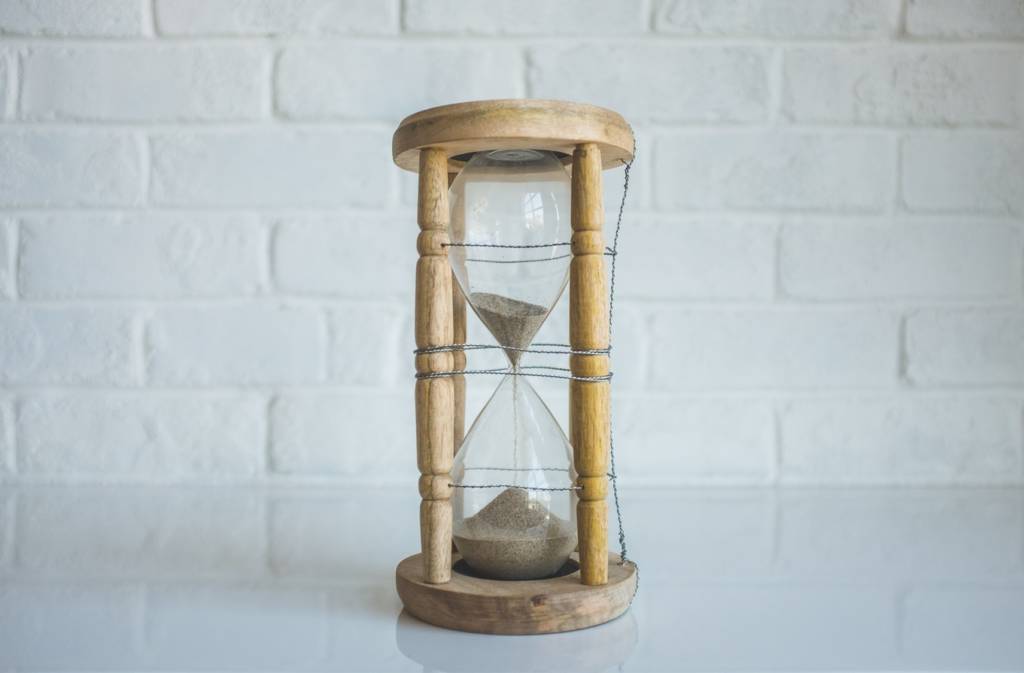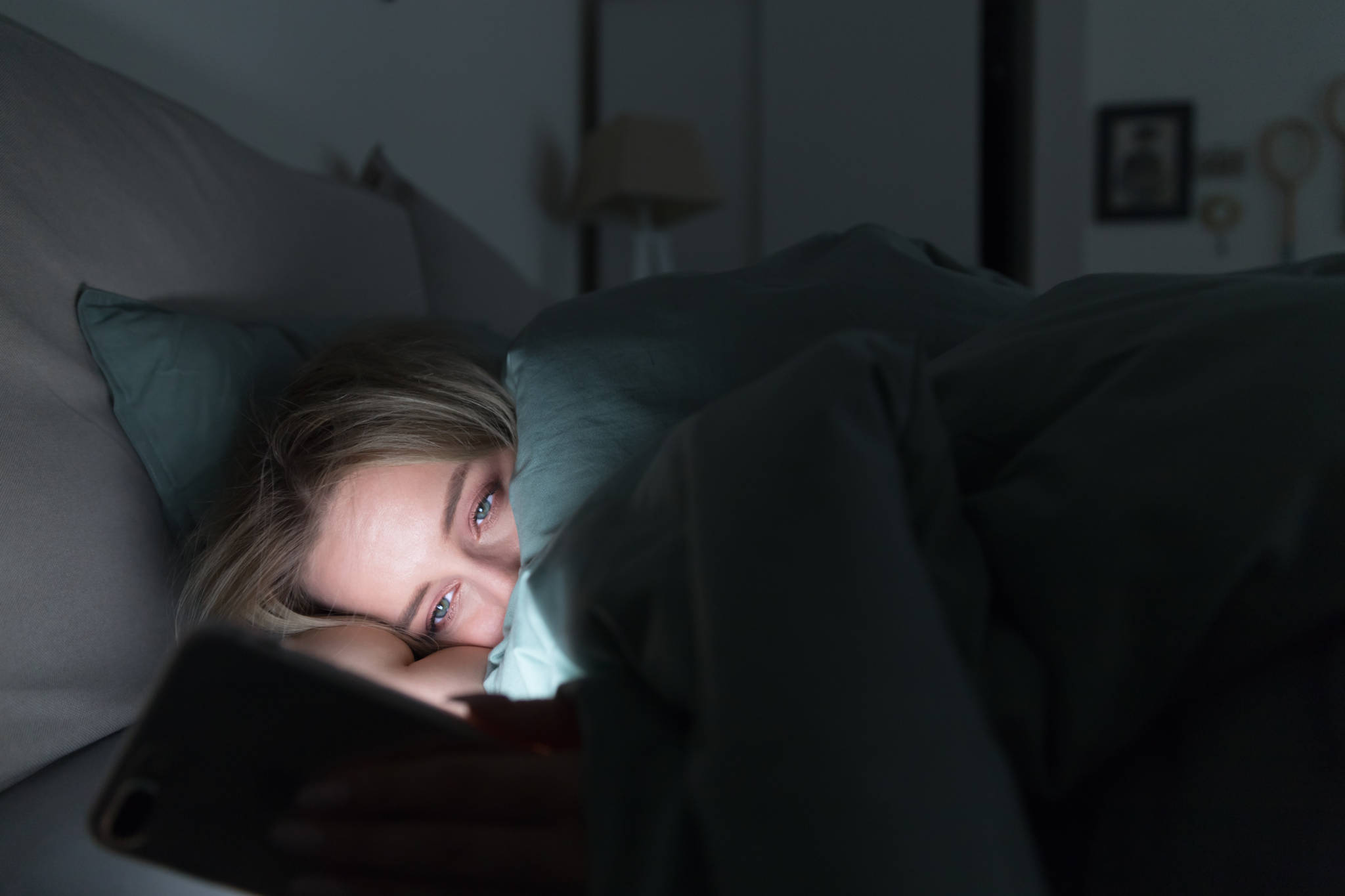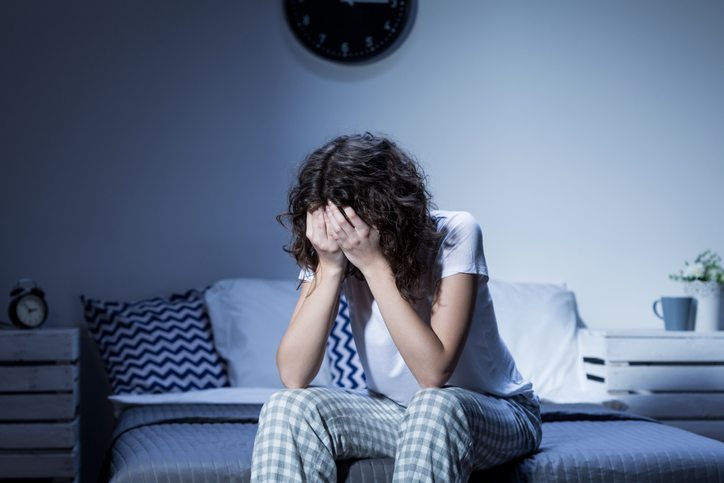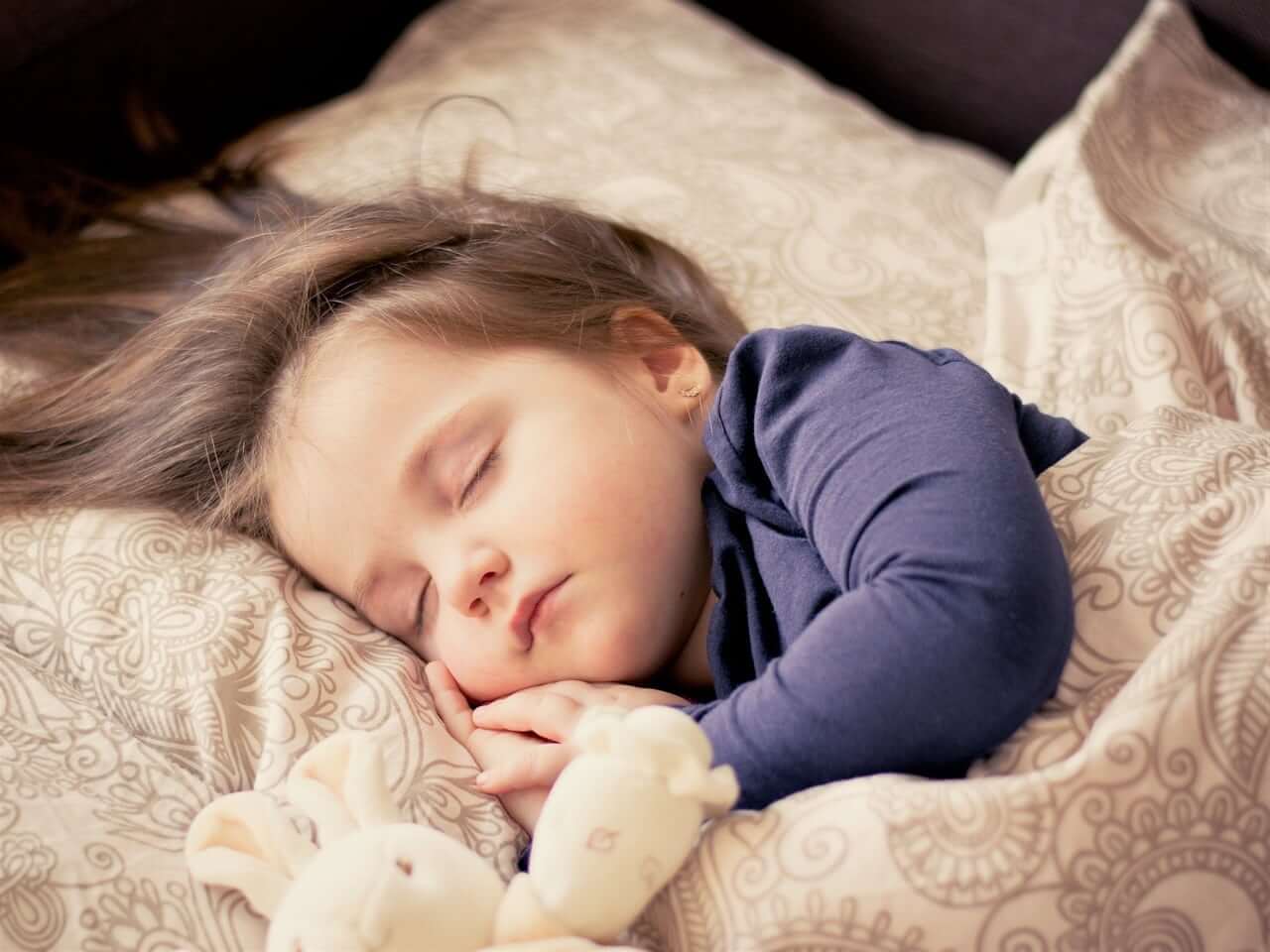Sleep remains a mystery to even to the scientific community. We have been able to build spaceships and send a man to the moon, but when it comes to sleep, much of it is still a mystery. Why? Because sleep is a state of unconsciousness and we don’t yet have the ability to wake up and recount what happened while we were sleeping. Science has been able to find out a lot of things about the mechanism behind sleep over the years, but there is a lot more that needs to be understood about this nightly phenomenon.
The need for sleep has also been quite a mystery. Why exactly do we need sleep? Today it is believed that we need sleep because the brain needs to recharge and store energy for the next day. But sleep came about not because of rest but because of safety. The ancient man needed to be safe from wild animals after the sun went down. With nothing else to do, they chose to go to their caves and sleep, even if they did not feel tired. A few centuries ago, when electricity had not been invented, sleep was chosen because it helped save oil and gas. Besides, there was nothing else to do after the sun went down.
The duration of sleep has also changed over the years. Man did not always need 8 hours of sleep. The early man slept for as long as 12 hours with a break in between. Today, science has found that man needs 7 to 8 hours of sleep because that’s the time to brain takes to recharge for the next day completely. However, some people need more or less than that amount to function normally.
Although science has been successful in interpreting much of the sleep mechanism, there is one aspect that still needs a lot more research: dreaming. And if you have ever experienced Deja Vu – the feeling of familiarity with something that’s not supposed to be familiar – it may have something to do with your dreams.
 We have all had the feeling of Deja Vu at some point. Deja Vu (French for “already seen”) is a sense of familiarity about something unfamiliar. For instance, you go to a place for the first time but feel like you have already been there before because it feels familiar. Why does that happen? Even science doesn’t have the answer to that. However, there is a possibility that the sense of Deja Vu has something to do with dreaming.
A dream plays out just like real life, full of people and objects, colors, sounds, and voices. Sometimes dreams are about things, places or people we are unfamiliar with. But dreams can also be about things and events we are familiar with. When we dream of familiar people, places or events, they are actually bits and pieces of memories that are stored in our subconscious.
Deja Vu is different from a vision. A vision is when something seems familiar because you remember having seen or experienced it before. But in Deja Vu, you have no idea why something seems familiar because you don’t remember seeing or experiencing it before.
The dreams that we don’t remember might be the ones that appear as Deja Vu. However, there hasn’t yet been any fundamental proof to establish why we experience Deja Vu.
We have all had the feeling of Deja Vu at some point. Deja Vu (French for “already seen”) is a sense of familiarity about something unfamiliar. For instance, you go to a place for the first time but feel like you have already been there before because it feels familiar. Why does that happen? Even science doesn’t have the answer to that. However, there is a possibility that the sense of Deja Vu has something to do with dreaming.
A dream plays out just like real life, full of people and objects, colors, sounds, and voices. Sometimes dreams are about things, places or people we are unfamiliar with. But dreams can also be about things and events we are familiar with. When we dream of familiar people, places or events, they are actually bits and pieces of memories that are stored in our subconscious.
Deja Vu is different from a vision. A vision is when something seems familiar because you remember having seen or experienced it before. But in Deja Vu, you have no idea why something seems familiar because you don’t remember seeing or experiencing it before.
The dreams that we don’t remember might be the ones that appear as Deja Vu. However, there hasn’t yet been any fundamental proof to establish why we experience Deja Vu.

Why Do We Dream?
Everyone dreams, including babies and animals (if your dog howls in his sleep, he’s probably dreaming of confronting other members of his species). But even though sleep is such a common phenomenon, no one fully understands the reason behind them. The father of psychoanalysis, Sigmund Freud, had written a famous book interpreting dreams, but there’s still so much that needs to be answered. Some believe that dreams express hidden feelings and desires, while others believe that dreams can also predict the future. But despite the several advancements made by science, when it comes to decoding the mechanism of dreams , it is still a long way off. Dreams occur in the final stage of sleep, also called the REM stage. In this stage, the brain slowly begins to become active, but the body is still inactive. This is unlike what happens in previous stages when the brain is inactive, and the body works to heal and recharge. The REM stage sleep is important for cognitive functioning and memory forming. In this stage, the brain consolidates thoughts and memories, boosts productivity and concentration, and becomes alert. When REM sleep isn’t sufficient, cognitive functioning can be affected. Dreams occur in the REM stage and not in other stages. That’s because the brain becomes active in this stage, right before waking up. Besides that, the heartbeats rise, and the body temperature also starts to become normal. It is believed by scientists that a conscious part of the sleeping brain is responsible for dreams. This conscious part of the brain has cognitive, sensory and emotional occurrences, leading to dreams. Dreams are usually life-like, complete with people objects themes voices and color. These things can often have a close resemblance to waking life. But dreams can also be about unfamiliar things. Some dreams can seem real because they are very vivid. Such dreams are usually remembered for a long time. Nightmares are also dreams, but only frightening or traumatic.Deja Vu and Dreaming
 We have all had the feeling of Deja Vu at some point. Deja Vu (French for “already seen”) is a sense of familiarity about something unfamiliar. For instance, you go to a place for the first time but feel like you have already been there before because it feels familiar. Why does that happen? Even science doesn’t have the answer to that. However, there is a possibility that the sense of Deja Vu has something to do with dreaming.
A dream plays out just like real life, full of people and objects, colors, sounds, and voices. Sometimes dreams are about things, places or people we are unfamiliar with. But dreams can also be about things and events we are familiar with. When we dream of familiar people, places or events, they are actually bits and pieces of memories that are stored in our subconscious.
Deja Vu is different from a vision. A vision is when something seems familiar because you remember having seen or experienced it before. But in Deja Vu, you have no idea why something seems familiar because you don’t remember seeing or experiencing it before.
The dreams that we don’t remember might be the ones that appear as Deja Vu. However, there hasn’t yet been any fundamental proof to establish why we experience Deja Vu.
We have all had the feeling of Deja Vu at some point. Deja Vu (French for “already seen”) is a sense of familiarity about something unfamiliar. For instance, you go to a place for the first time but feel like you have already been there before because it feels familiar. Why does that happen? Even science doesn’t have the answer to that. However, there is a possibility that the sense of Deja Vu has something to do with dreaming.
A dream plays out just like real life, full of people and objects, colors, sounds, and voices. Sometimes dreams are about things, places or people we are unfamiliar with. But dreams can also be about things and events we are familiar with. When we dream of familiar people, places or events, they are actually bits and pieces of memories that are stored in our subconscious.
Deja Vu is different from a vision. A vision is when something seems familiar because you remember having seen or experienced it before. But in Deja Vu, you have no idea why something seems familiar because you don’t remember seeing or experiencing it before.
The dreams that we don’t remember might be the ones that appear as Deja Vu. However, there hasn’t yet been any fundamental proof to establish why we experience Deja Vu.
Is Deja Vu Precognitive?
Deja Vu is often assumed to be precognitive, in that they may be capable of predicting the future. However, there is no evidence to prove that dreams or feelings of Deja Vu are precognitive. If anything, then it’s purely coincidence. But dreams are called precognitive if you experience the same thing later in real life, even though you may not recall it. There is no evidence yet to prove that dreams can predict significant future events, but when it comes to déjà Vu, it could be something that our dreams tell us from beforehand.New Theories About DejaVu

There are several new theories about DejaVu that have emerged in recent years:
- Dual processing theory: According to this theory, deja vu occurs when there is a momentary delay between the processing of information in the two hemispheres of the brain. This delay causes a feeling of familiarity, as though the information has been experienced before.
- Memory processing theory: This theory suggests that deja vu occurs when the brain has difficulty distinguishing between past and present experiences, leading to a feeling of familiarity.
- Hologram theory: Some researchers have proposed that deja vu is a result of the brain processing information in a way that creates a hologram-like image, which can create a sense of familiarity.
- Neurological disorder theory: Some studies have suggested that people with certain neurological disorders, such as epilepsy, are more likely to experience deja vu. This has led some researchers to speculate that deja vu may be related to abnormal brain activity in these individuals.
- Multiverse theory: This theory suggests that deja vu may be a result of experiencing parallel universes, where a similar event has occurred in another universe, leading to a feeling of familiarity in the current universe.
Deja vu in Popular Culture
Déjà vu is a phenomenon that has captured the imagination of many people and has been featured in various forms of popular culture, including movies, TV shows, and music. Here are a few examples:- The Matrix (1999): In this science fiction movie, the protagonist, Neo, experiences a feeling of déjà vu when he sees a black cat walk by twice in the same way. This leads him to realize that he is living in a simulated reality.
- The X-Files (TV series, 1993-2002): In this popular TV show, the main characters encounter many strange and paranormal phenomena, including episodes that explore the concept of déjà vu. For example, in the episode “Monday,” a character experiences a time loop that repeats itself over and over, creating a feeling of déjà vu.
- Inception (2010): In this movie, the characters use a device to enter the dreams of others and manipulate their subconscious. One of the characters describes the feeling of déjà vu as a sign that the dreamer is starting to become aware of the manipulation.
- Lost (TV series, 2004-2010): This popular TV show features many mysterious and unexplained phenomena, including episodes that explore the concept of déjà vu. For example, in the episode “Flashes Before Your Eyes,” the main character, Desmond, experiences vivid flashbacks that seem to be a form of déjà vu.
- Beyoncé – Deja Vu (2006): This popular song by Beyoncé uses the concept of déjà vu as a metaphor for a strong sense of attraction and familiarity between two people.
What is Jamais Vu?
Jamais vu is a phenomenon that is characterized by a feeling of unfamiliarity or unfamiliarity with a familiar situation, person, or place. In other words, it is the opposite of déjà vu. Instead of feeling like you have experienced something before, you feel like you are encountering something completely new, even though it is something you should be familiar with. Jamais vu is often described as a feeling of disorientation, confusion, or detachment. For example, a person may suddenly find themselves feeling like their own home is unfamiliar to them, or they may not recognize a close friend or family member. Jamais vu is not as well studied as deja vu, but it is thought to be related to disruptions in the brain’s processing of information. Some research suggests that it may be associated with certain neurological conditions or medications that affect the brain. While it is not clear what causes jamais vu, it is generally considered to be a relatively rare experience. It can be unsettling or distressing for those who experience it, but it is usually a temporary and harmless phenomenon.Other Forms of DejaVu
Presque Vu
Presque vu is a phenomenon that refers to the feeling of being on the verge of remembering or discovering something, but not quite being able to do so. It can also be described as the feeling of almost achieving an insight or a solution to a problem, but not quite being able to grasp it. The term “presque vu” comes from the French language and translates to “almost seen.” It is similar to the feeling of tip-of-the-tongue phenomenon, where you are unable to recall a word or a name that you know you know. Presque vu is a common experience that most people have had at some point in their lives. It can be frustrating and can lead to a sense of mental block or difficulty in problem-solving. However, it is generally considered to be a normal variation in cognitive function and is not a cause for concern. Research suggests that presque vu may be related to the brain’s process of retrieving memories. When we try to remember something, the brain goes through a series of steps, including encoding, storage, and retrieval. Presque vu may occur when the brain is able to partially retrieve a memory but is not able to fully access it.L’esprit de l’escalier
L’esprit de l’escalier is a French term that translates to “staircase wit.” It refers to the phenomenon of thinking of a clever or witty remark or comeback too late, after the opportunity to use it has passed. The term comes from the idea of someone leaving a social gathering or a conversation and, on the way down the stairs, suddenly coming up with the perfect response to something that was said earlier.
This experience is also sometimes called “afterwit” or “afterthought.” It is a common phenomenon that most people have experienced at some point in their lives. It can be frustrating or embarrassing to think of the perfect response too late, especially if the conversation or situation was important or high-stakes.
Research suggests that l’esprit de l’escalier may be related to the brain’s process of forming and retrieving memories. When we are in a conversation or social situation, the brain is constantly processing and storing information, including words, gestures, and facial expressions. L’esprit de l’escalier may occur when the brain is not able to retrieve a memory quickly enough to use it in the moment, but is able to retrieve it later, after the conversation has ended.

















